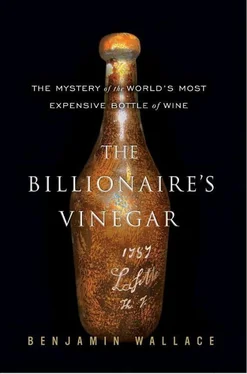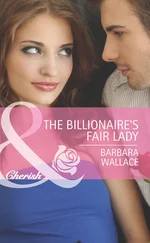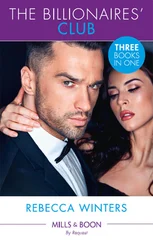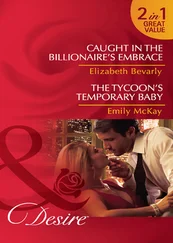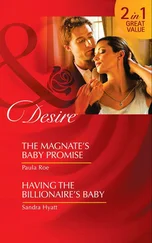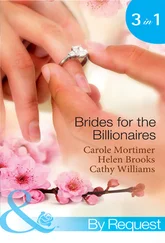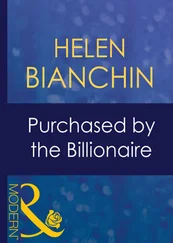If Claus was the creative pathfinder, it was Georg who would make the glasses into a coveted commodity and transform his father’s breakthrough idea into conventional wisdom. In the 1970s, with the emergence of New World regions such as California and Australia, the wine world began to move away from speaking of wine in terms of place (a glass of Bordeaux) and toward speaking in terms of grape varietal (a glass of Cabernet Sauvignon). Georg set out to market varietal-specific glasses: Chardonnay, Pinot Noir, Cabernet Sauvignon… Several of the glasses were identical to those designed by his father, and had simply been relabeled, but Georg also oversaw the design of a number of increasingly specialized glasses. The thirty-three different glasses that would eventually constitute the high-end line included one expressly for Chardonnays from Burgundy’s Montrachet appellation, one for Rheingau Rieslings, and one for white wines from the Loire Valley.
Georg Riedel was custom-tailored both in his suits and in his soul. He wore pocket squares that matched his ties, and, still in his forties, had already planned the wine to be drunk at his funeral, setting aside sixty bottles of a late-harvest Austrian Riesling, a 1979 Trockenbeerenauslese from Freie Weingärtner. Riedel’s relationship with Hardy Rodenstock dated to 1982, when Riedel supplied the glassware for Rodenstock’s third tasting at Fuente. In return, he was invited to the event, and since then Riedel had attended and supplied the crystal—several thousand pieces of stemware—for every Rodenstock tasting.
He and Rodenstock grew close. It was through Rodenstock that Riedel learned about old wine and tasted the vintages that he considered to be his peak wine experiences. He first tasted the legendary 1870 Lafite at a Rodenstock tasting; he tasted the 1811 Yquem, the best wine that ever passed his lips, three or four times, all at Rodenstock tastings; and it was through Rodenstock that he tasted the “most perfect” wine he had ever enjoyed, the 1921 Mouton in Jéroboam. In his everyday drinking, too, Riedel favored mature wines—he wouldn’t touch a Bordeaux younger than ten years—and he became a regular customer of Rodenstock’s.
When Thomas Jefferson was alive, glasses were typically smaller and didn’t curve in at the top. Not until the twentieth century were significant changes made to the shape of wineglasses. A line called Les Impitoyables—The Pitiless—appeared in the United States in the 1980s, and consisted of four outsized, rather severe-looking mouth-blown crystal tulips. But Les Impitoyables was sometimes faulted for its glass-half-empty approach; as their name suggested, the glasses highlighted a wine’s flaws as much as its virtues. Riedel, ten years later, was the revolutionary glassware that caught on.
A tireless pitchman, Georg Riedel put himself wherever wine was being bought and drunk, at auctions and fairs and tastings and trade shows. He did this very simply. One nose at a time, he demonstrated the glasses side by side with the competition. By and large, his test subjects, people who were already very interested in wine, approached the demonstration with skepticism and came away true believers.
Riedel made a big push into the United States after the dollar started bleeding value in 1985; suddenly the demand for Riedel’s luxury gift items (bowls, vases, figurines) dried up. He needed to reposition the company, and wineglasses were the way. His first breakthrough in the American market was with the Mondavis, the pioneering California wine family, in January 1990. Like everyone else, the Mondavis initially reacted as if Riedel were peddling snake oil. But after being treated to his stock show-and-tell, they were converted; they got rid of all their old glasses, placed a large order for Riedels, and, like all good converts, began to spread the word themselves. Riedel did demonstrations for important wine writers, making a special trip to Maryland to demonstrate them for Robert Parker, who lived in the small town of Monkton. Parker was blown away. “Do I have to rewrite all my notes?” he wondered aloud to Riedel. In June 1991, Parker sang the glasses’ praises in his newsletter.
Riedel soon scaled up his efforts. At Marvin Shanken’s 1997 Wine Experience in New York, he made a presentation to one thousand noses at once. Riedel had a set speech: the glass was a loudspeaker for the wine; it transmitted the passion sealed in a bottle. Riedel took to saying: “Mondavi made wine, Parker wrote about it, we brought the glasses.”
Riedel glasses were an idea for their time. Wine connoisseurship was in a phase of accelerating precision. In the two centuries since Thomas Jefferson’s imprecise language for communicating about wine, attempts to describe the evanescent sensations provoked by tasting had been fitful. The romantic era of wine appreciation, which lasted well into the twentieth century, yielded such curlicues as this 1932 description, by H. Warner Allen, of the Latour 1869: “The palate recognised a heroic wine, such a drink as might refresh the warring archangels, and the perfection of its beauty called up the noble phrase ‘terrible as an army with banners.’”
In the latter half of the twentieth century, the idea of tasting notes had taken hold, and their descriptions had become increasingly sensory. The untrained nose might think it absurd to detect a grocery list of smells in a glass of wine, but it had an empirical basis—a wine could contain some of the same phenolic compounds as did said groceries—which was why different tasters often came up with the same adjectives. The apotheosis of this hyperdelineated linguistic movement came in 1990, with the invention of the “Wine Aroma Wheel” by a chemist at the University of California at Davis named Ann C. Noble. The wheel attempted to come up with a standard nomenclature. Pineapple, melon, and banana were examples of “tropical fruit” flavors, which, along with citrus, berry, tree fruit, and dried fruit, made up the “fruity” family of aromas. “Wet dog,” “burnt match,” and “skunk” were examples of “sulfur flavors,” which, along with “pungent” and “petroleum” flavors, formed the “chemical” family. In all, the wheel delineated nearly a hundred scents.
Some of the new precision was grounded in science. Much of it just looked as if it was. Attempts to rank various wines dated back to antiquity. The Classification of 1855 had been, in its way, an effort to differentiate among the Bordeaux hoards. Modern systems ranged from Michael Broadbent’s zero-to-five stars to the twenty-point systems of U.C. Davis, Decanter, and English critics Clive Coates and Jancis Robinson. But the reigning paradigm, starting in the early 1980s, was the 100-point scale pioneered by Robert Parker and copied by other influential tasting authorities, including Wine Spectator . The very fineness of the scoring system’s gradations cast doubt on its validity. Critics argued that it was absurd to suggest that there was a meaningful distinction between an 86 and an 87, or between a 92 and a 93. The endless verticals and horizontals were empirical studies of a sort. Was such-and-such vintage—the 1945, the 1961—still up to snuff? Was Pétrus really the best Pomerol? Which of the two Rothschild rivals—Lafite and Mouton—would prevail in a multi-vintage showdown? Was Latour truly the longest-lived of the first growths? Did the ’29 Pétrus taste different in different-size bottles? These were studies without scientific controls.
Another area of wine appreciation that had become more nuanced was the pairing of food and wine. A few rules of thumb (red wine with meat, white with fish) and a handful of traditional combinations—Sauternes and foie gras, Port with Stilton, Chablis alongside oysters—had given way to a much more complex picture. There were, after all, some fish (salmon) that went well with some reds (pinot noir). You could find people who swore by idiosyncratic combinations like “Margaux and chocolate,” and denounced pairing them with anything else. Rodenstock went so far as to suggest that when one was serving Yquem, its temperature should depend on what it was accompanying (43–46 degrees Fahrenheit with foie gras, 46–50 degrees with desserts, 50–53 degrees with Roquefort or Stilton). Many of the pairings did, at any rate, taste pretty good.
Читать дальше
